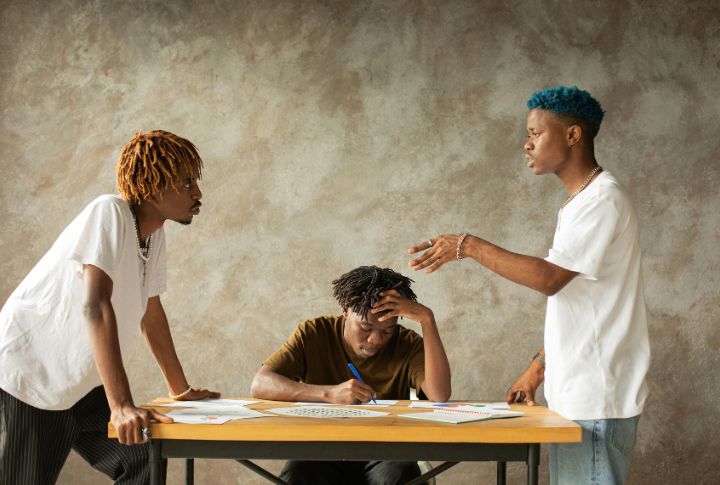
Creative thinking often hides in tiny mental habits you barely notice until someone points them out. These odd patterns shape how ideas appear, grow, and twist into solutions that surprise people around you. If you’ve ever caught yourself thinking in ways you can’t explain, keep going — the list ahead might expose your secret superpower.
Visualize Complex Ideas As Clear, Organized Pictures

A mind like this doesn’t treat an idea as a vague cloud. It breaks the concept into parts and arranges them as if the pieces sit on different shelves. This approach helps them explain theories clearly, even though outsiders may assume they drift off mentally.
Hold Opposing Ideas In Mind Without Rushing To Choose

Some minds don’t hurry to declare one idea right and the other wrong. They let both possibilities sit for a moment, as if holding two tabs open while comparing what each offers. That small habit fosters more balanced thinking because clarity forms before any firm choice is made.
Come Up With Quick, Simple Examples That Explain Hard Ideas

A tricky idea rarely stays tricky around them. They grab a simple example that instantly makes the concept easier to understand. The speed behind this move comes from strong verbal intelligence and a mind that connects ideas faster than most conversations expect.
Remember Tiny Details And Connect Them Into Big Insights

Tiny details stick with certain people for years, even when everyone else forgets. A color, a comment, or a detail in the background can resurface years later. When those fragments connect, they reveal insights others miss, especially in situations that rely on subtle context.
Rework Confusing Problems Into Clear, Solvable Ones

Some people make tough problems easier by rearranging them. Instead of wrestling with everything at once, they break the situation into smaller pieces. It works the same way as cleaning a packed drawer does. Once things are sorted, the real solution becomes obvious.
Shift Easily Between Creative Thinking And Focused Logic

Creative ideas may appear first, but logical structure soon follows. A mind with this flexibility moves from broad exploration to focused analysis without losing track. This combination strengthens problem-solving because the person can invent possibilities and refine them simultaneously.
Picture Several Possible Futures Before Acting

Some minds test possibilities the way others test options on a menu. One possible result leads to another, then a third, until the whole range becomes clear. This mental forecasting links to higher intelligence and stronger decisions, which is why trend shifts feel predictable to people with this skill.
Link Ideas From Totally Different Subjects To Solve Problems

Creative thinkers often pull insights out of places no one else considers. A math concept can reshape a marketing strategy. A biology pattern can spark a new design. A story structure can guide a business pitch. These connections work because unusual pairings reveal angles that stay hidden when you only stick to one field.
Notice Weak Spots In Arguments Instantly

Some people recognize gaps quickly when a claim doesn’t follow a solid line of reasoning. The ideas may sound polished, but the supporting structure feels uneven. Once that weakness becomes apparent, the entire argument becomes easier to examine, helping the listener avoid accepting a faulty conclusion.
Generate Mental “Third Options” When Situations Feel Stuck

Some people naturally look past the choices sitting in front of them and invent an alternative that wasn’t on the table. It’s a habit rooted in divergent thinking, a core part of creativity research. This skill shows up when someone avoids false dilemmas and finds a route nobody else considered.

